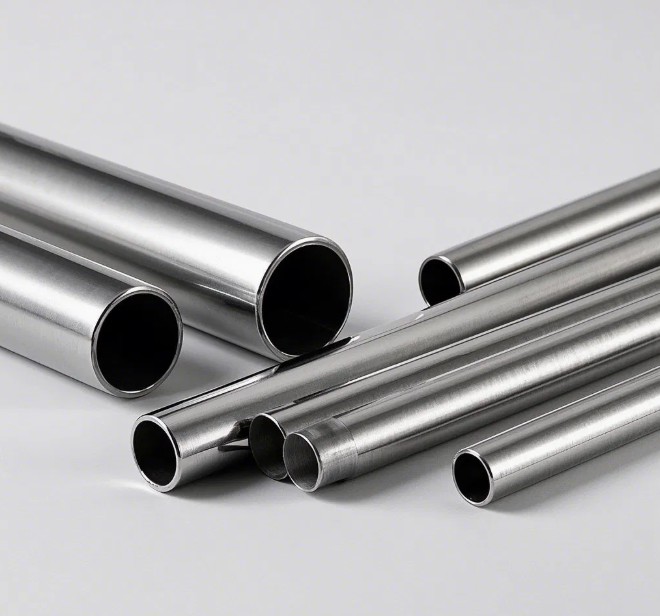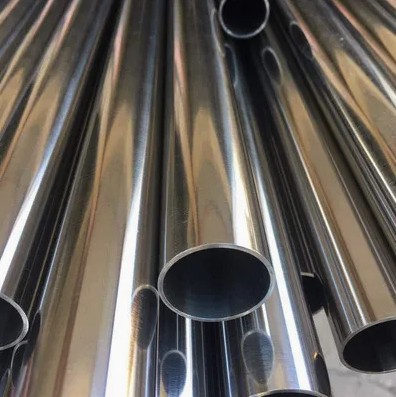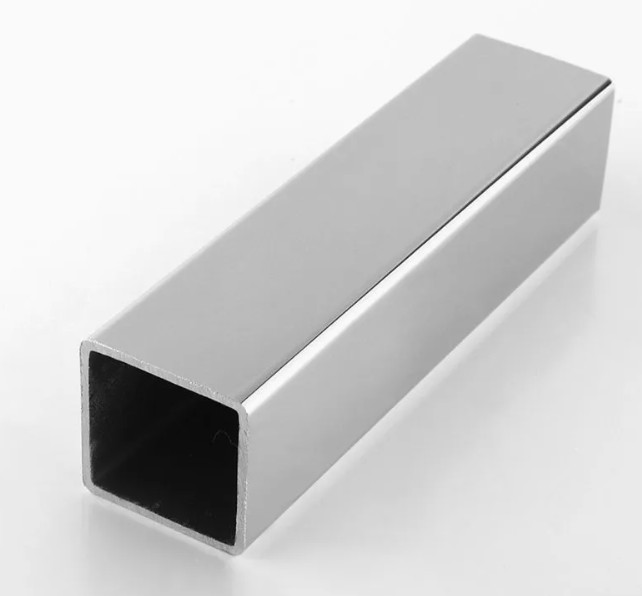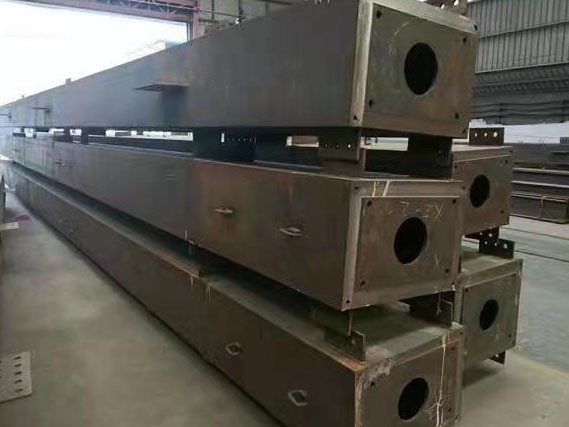304 stainless steel food grade Supplier
Product description
Food grade 304 stainless steel is a stainless steel material widely used in food containers, tableware, kitchenware and other fields. It has good corrosion resistance, heat resistance, low temperature strength and mechanical properties, and also has good hot processing properties such as stamping and bending, without heat treatment hardening (working temperature -196℃~800℃). 304 stainless steel is a stainless steel grade produced according to the American ASTM standard. SUS 304 represents the Japanese standard. The surface of 304 stainless steel is smooth and has no holes. It is not easy to adhere to bacteria, dirt and other substances, and is easy to clean and maintain.

304 Food Grade Stainless Steel Implementation Standards
The implementation standards of 304 food grade stainless steel mainly include requirements in terms of chemical composition, physical properties, surface quality, etc.
Chemical composition: The chemical composition of food grade 304 stainless steel must comply with the standard of GB/T 20878-2007 "Stainless Steel and Heat Resistant Steel Grades and Chemical Composition". Specific requirements include iron (Fe) ≥ 78.00%, carbon (C) ≤ 0.08%, silicon (Si) ≤ 1.00%, phosphorus (P) ≤ 0.045%, sulfur (S) ≤ 0.030%, chromium (Cr) 18.00% ~ 20.00%, nickel (Ni) 8.00% ~ 11.00%. These requirements ensure the safety and corrosion resistance of stainless steel during food processing and storage.
Physical properties: The density of food grade 304 stainless steel is 7.93g/cm³ and the melting point is 1398℃. Its tensile strength is ≥520MPa, yield strength is ≥205MPa, elongation is ≥40%, and hardness is ≤201HBW. These physical performance indicators ensure the strength and durability of stainless steel under various conditions of use.
Surface quality: The surface of food-grade 304 stainless steel should be smooth and clean, without obvious scratches, dents, pores, burrs and other defects. There should be no rust, stains, etc. to ensure that food will not be contaminated during food processing and storage.
Corrosion resistance: Food-grade 304 stainless steel has good corrosion resistance in various corrosive media such as acids, alkalis, and salts, and can meet the hygiene requirements during food processing and storage. This is achieved through strict chemical composition control and surface treatment.
Detection method: For the detection of food-grade 304 stainless steel, commonly used methods include spectral analysis, chemical analysis, and mass spectrometry, which are used to accurately determine the content of various elements in stainless steel. In addition, there are densitometers, tensile testing machines, hardness testers and other equipment for evaluating the physical properties of stainless steel.
Daily identification method of 304 stainless steel
In life, we often need to use stainless steel products, but how to quickly and easily identify the authenticity of 304 stainless steel has become a problem worthy of attention. First of all, we can make a preliminary judgment by appearance. The surface of real 304 stainless steel is smooth and uniform, the color is natural, and there are no obvious spots, oxides or color differences. Counterfeit products may appear rougher or even have glaring spots.
Secondly, magnetism is also an important feature. 304 stainless steel is non-magnetic at room temperature, so it can be tested with a magnet. If the magnet is adsorbed, it is likely to be a counterfeit product. Please note that this is a preliminary method of identification, because some 304 stainless steel products may have slight magnetism after processing.
One of the most reliable methods is to use stainless steel detection liquid for detection. This reagent is a chemical reagent for different types of stainless steel. It can distinguish 304 stainless steel through color change reaction. It is recommended that you choose a brand with reliable quality and good market reputation.
Recommended products








